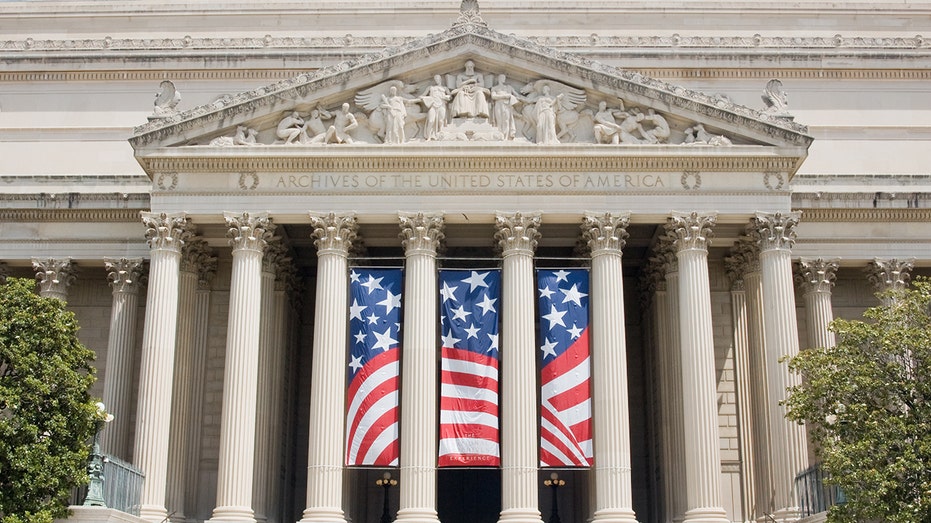- by foxnews
- 19 Jan 2025
Two sides of the wire: how the Overland Telegraph brought colonial triumph and Aboriginal devastation
Two sides of the wire: how the Overland Telegraph brought colonial triumph and Aboriginal devastation
- by theguardian
- 21 Aug 2022
- in news

In 1872, 150 years ago on Monday, Australia celebrated its connection to the world. A heroic effort had conquered the tyranny of distance, and the Overland Telegraph, stretching more than 3,000km from Adelaide to Darwin, was heralded as a triumph.
In 1872, 150 years ago on Monday, the devastating effects of colonisation were being felt through the middle of Australia. The telegraph line brought settlers, the destruction of the environment and death for Aboriginal people.
Both stories are true.
The idea to link Australia by telegraph to the world took shape as Britain began to send undersea cables across vast portions of the globe from the 1850s, but the task of crossing the continent from south to north appeared too daunting for many years, not least after the disastrous Burke and Wills expedition of 1861.
But the following year the Scottish explorer John McDouall Stuart travelled from South Australia to the north coast and back, demonstrating that the journey was eminently possible, however arduous.
With imperial cable connections by then stretching to India and beyond, Australia eyed the prospect of communicating with Europe in mere hours, instead of the months needed for a sea voyage. Newspapers could be printed with actual news from around the world.
The budget was £128,000 (though that blew out to £239,588), and the SA superintendent of telegraphs, Charles Todd, was appointed to manage construction.
A couple of months after the line from Adelaide to Darwin was connected, it was linked to an underwater cable that went to Java, and from there all the way to London.
Derek Pugh is the author of Twenty to the Mile: The Overland Telegraph Line, a history of the line that is about to be made into a documentary. He has travelled its length.
Up to 100 Aboriginal people were killed in the Barrow Creek massacre in 1873, in revenge for the deaths of Stapleton and Franks, which was itself a reprisal for settlers stealing Aboriginal women.
One account, recalled many years after the fact by a man named Alec Ross, was recorded in an unpublished manuscript in the 1950s and highlighted the central role of the telegraph in what happened.
Barrow Creek was not the only colonial massacre of Aboriginal people that shadowed the telegraph line.
At Frew Ponds, a plaque commemorates the spot where the two wires of the line were finally joined, on 22 August 1872.
Pugh recounts the story of that joining, as told by Robert Charles Patterson, who oversaw the completion of the northern part of the line. The line was in fact complete, but Patterson cut it so he could ceremonially join it again.
However, he had some trouble and a little shock.
To celebrate this great triumph, Patterson had his men fire their guns 21 times, and smash a brandy bottle (filled with tea) against the final pole.
The bullocks, horses and camels brought in to build the line trampled the landscape, as did the cattle that came later. Settlements and towns sprang up around the telegraph stations, and pastoralists claimed the land for themselves.
Smith says the Overland Telegraph line was the first catalyst for the colonisation of the Northern Territory. It enabled the second, which was pastoralism.
So those working on the line and their animals were competing for water and other resources with the local Aboriginal people.
Smith says the dominant narrative of the line is that of pioneering triumphalism, which overshadows the harsh reality of the project.
- by foxnews
- descember 09, 2016
'Hurkle-durkling' is the viral travel trend that involves lying in bed all day
A viral travel trend called "hurkle-durkling" has more travelers embracing lounging in bed all day. Now, hotels nationwide are introducing amenities to cater to the trend.
read more


